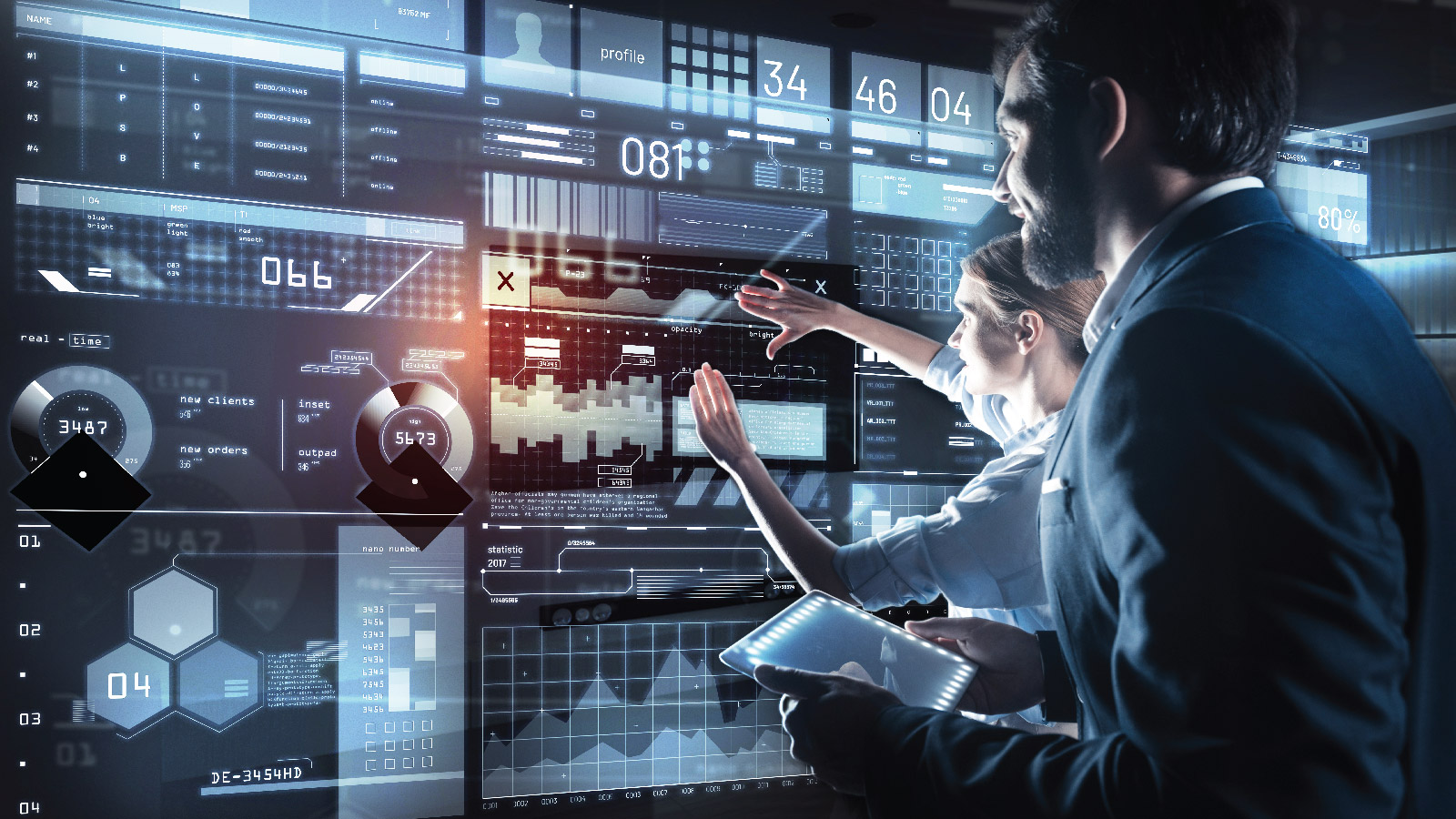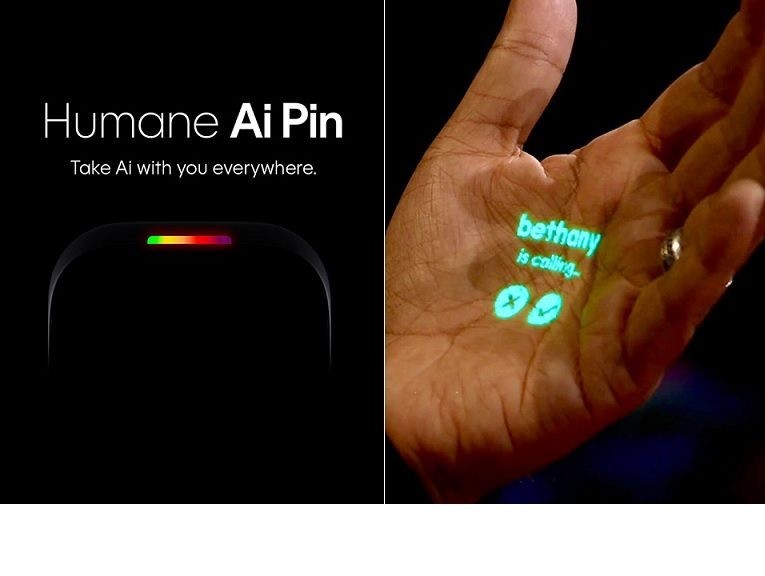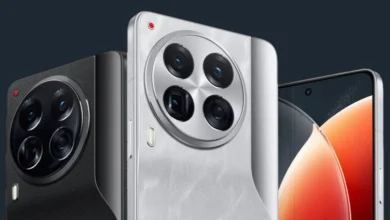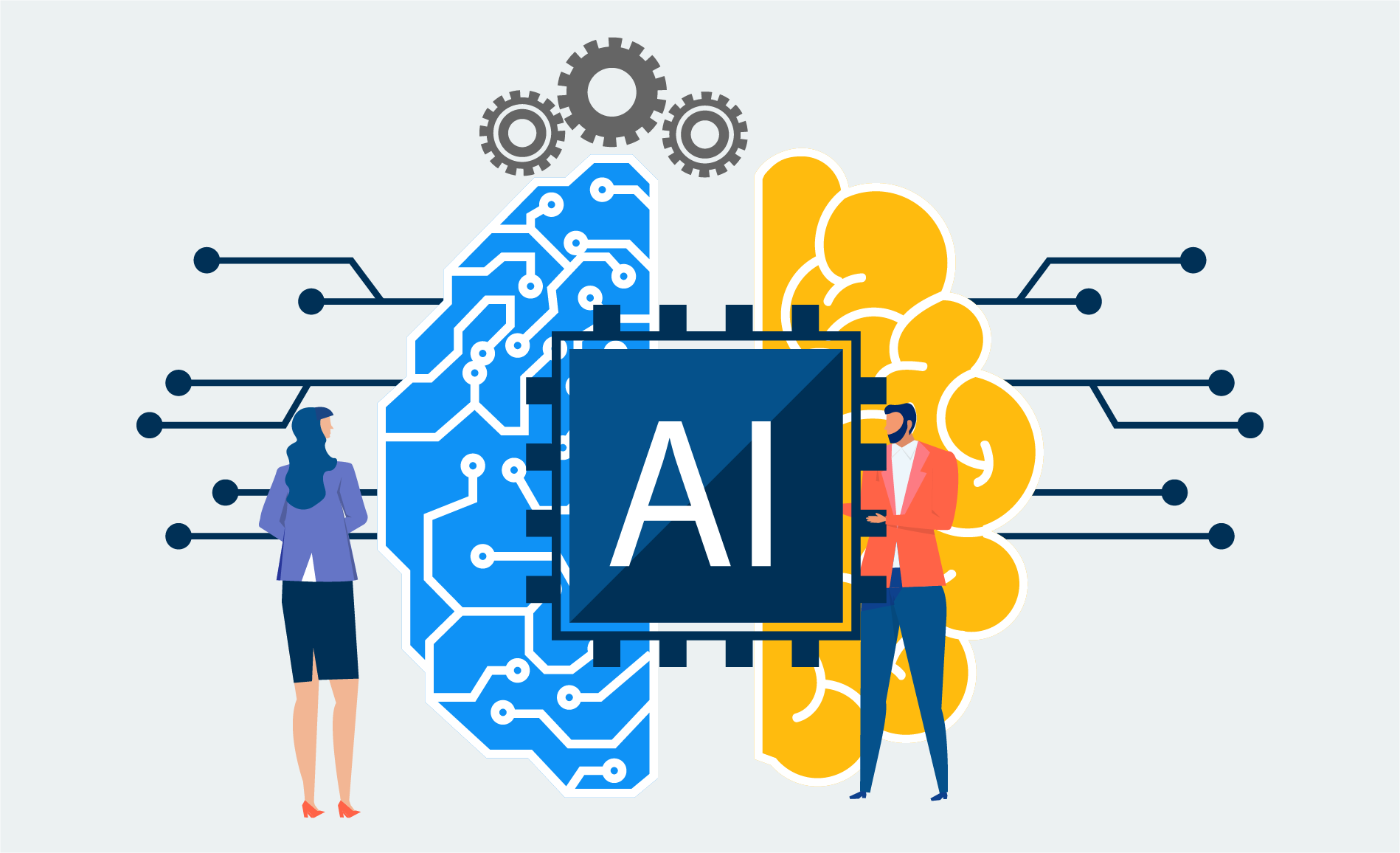
AI in 2025: Emerging Risks, Robots, and Generative Technology.
In 2025, automation, generative technology, and AI-driven humanoid robots will transform cybersecurity, business, and healthcare while posing new moral dilemmas.
Artificial intelligence (AI) has been pushing the envelope in the last year, and businesses are vying to incorporate its potential to increase production and automate difficult activities.

AI developments surpassed earlier high-tech breakthroughs in 2024, paving the way for even more upheaval in the years to come. However, this quick development also carries a risk: in the absence of human supervision, AI’s errors could be as significant as its advances.
While AI-powered healthcare solutions are revolutionizing diagnoses and even surpassing human physicians in some tasks, generative and agentic AI are already improving users’ access to complex content across several mediums. With AI set to play an even larger role in commercial and industrial operations, these advances portend a significant shift in the way health care is delivered.
Anders Indset, an author and deep-tech investor in exponential technologies, including AI, quantum technology, health tech, and cybersecurity, stated that the power of AI will also give rise to humanoid agents. The technological world is changing quickly as 2025 approaches, with humanoid agents receiving particular attention.
“This year is going to end with ground-breaking developments in autonomous humanoid robots, but it started with excitement around large language models (LLMs),” Indset told TechNewsWorld.
Robotics development exploded in 2024, with previously unthinkable advances suddenly becoming apparent. He noted that the long-awaited deployment of completely autonomous humanoids, which were previously only found in industrial environments, is drawing near.
As 2025 approaches, there is excitement for the broad use of AI in robotics, improved human- robot communication, and the emergence of robotics as a service (RaaS) model. As he described the next transformative moment for the robotics industry, Indset emphasised that they will make advanced robotic solutions accessible to more industries.
According to his prediction, “Humanoid agents will change how we interact with technology and increase the potential for AI applications in a variety of fields.”
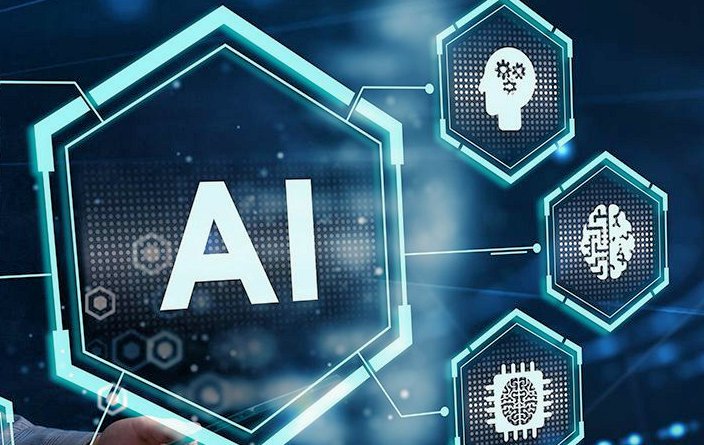
The Growing Significance of AI in Biosecurity and Cybersecurity
Alejandro Rivas-Vasquez, worldwide head of digital forensics and incident response at NCC Group, cautioned that artificial intelligence will become more and more important in cyberwarfare. He said that because of hyperconnectedness, AI and machine learning (ML) will increase the lethality of cyberwarfare and cause collateral harm outside of battle zones.
With implanted technology, cybersecurity defenses—which are currently an effective tool for digital warriors—will go beyond securing digital systems to directly defend humans. Advanced medical implants, bioaugmentation, neural interfaces, and authenticating chips will completely change how people interact with technology.
Bobbie Walker, a managing consultant at NCC Group, says there will be serious hazards associated with these developments.
Neural interfaces could be used by hackers to regulate behaviour or alter perceptions, resulting in cognitive manipulation and violations of individual autonomy. With the potential for abuse by hostile actors or intrusive government monitoring, continuous monitoring of health and behavioural data via implants presents serious privacy problems, Walker told TechNewsWorld.
New frameworks that connect privacy, health care, and technology will be crucial to reducing these dangers. Walker warned that ISO bio-security standards and “digital bioethics” standards will aid in defining safe procedures for incorporating technology into the human body while resolving moral conundrums.
In order to ensure that technology incorporated into our bodies is safe, moral, and protective of the people using it, the developing field of cyber-biosecurity will force us to reconsider cybersecurity limits, she continued.
Security Concerns Are Raised by AI-Powered Data Backup
According to Sebastian Straub, senior solution architect at N2WS, advances in AI better prepare businesses to recover from cyberattacks, power outages, and natural catastrophes. By resolving human flaws, AI automation will improve operational efficiency.
He clarified that backup automation driven by AI will virtually eliminate the need for administrative involvement. AI will pick up on the complex patterns of data usage, organizational needs, and regulatory constraints. AI will also develop into a proactive data management specialist, figuring out on its own what needs to be backed up and when, as well as adhering to compliance regulations like GDPR, HIPAA, and PCI DSS.
However, Straub cautioned that mistakes will be made during the learning process as disaster recovery procedures undergo a significant transformation due to this degree of AI dominance. We shall discover in 2025 that AI is not a panacea. Automating disaster recovery with machines will result in errors.
“As businesses discover the hard way that people must be involved in the DR decision-making process, there will be regrettable violations of compliance and breaches of trust,” Straub told TechNewsWorld.

The Effects of AI on Education and Creativity
Many AI users are already regularly using technologies to help them become better communicators. Instead of being a workaround for personal language problems, ChatGPT and other AI writing tools will highlight the importance of human writing.
Students and communicators will get used to taking charge of the entire content creation process rather of relying on AI writing tools to do their work for them. According to Eric Wang, vice president of artificial intelligence at plagiarism detection company Turnitin, they will use technology to revise, improve, or broaden original ideas.
In the future, writing will be acknowledged as a crucial ability in learning, working, and living contexts in addition to writing-focused fields of study, Wang told TechNewsWorld. The humanisation of technology-enabled industries, professions, and businesses will be one way that this shift takes shape.
According to him, generative AI’s function is evolving, with early applications aiding in the organization and expansion of concepts while later phases improve and polish writing. AI can help teachers spot knowledge gaps early on and then provide transparency to help students engage.
Hidden Dangers of Models Powered by AI
Michael Lieberman, CTO and co-founder of software development security platform Kusari, predicts that artificial intelligence will proliferate and become harder to identify. Free models hosted on platforms are the source of his worries.
“There have already been instances where malware was found on certain devices on these platforms. Though they’ll probably be more subtle, I anticipate an increase in these kinds of attacks. These malevolent models might have concealed backdoors or be purposefully designed to act destructively in particular situations, Lieberman told TechNewsWorld.
He cautions that most organizations do not train their own models and observes a growing frequency of data poisoning assaults designed to manipulate LLMs.
Rather, they use pre-trained models, which are frequently given away for free. Malicious actors can easily introduce hazardous models because of the lack of transparency surrounding their origins,” he added, using the Hugging Face virus event as an example.

Major players like OpenAI, Meta, and Google are likely to be the focus of future data poisoning attempts because of their extensive datasets, which make it more difficult to identify such attacks.
Attackers will probably surpass defenders in 2025. While attackers are driven by money, defenders frequently find it difficult to obtain sufficient funding because security is not usually seen as a source of income. Wang of Turnitin came to the conclusion that the industry might not take the danger seriously until a major AI supply chain compromise occurred, similar to the SolarWinds Sunburst event.

